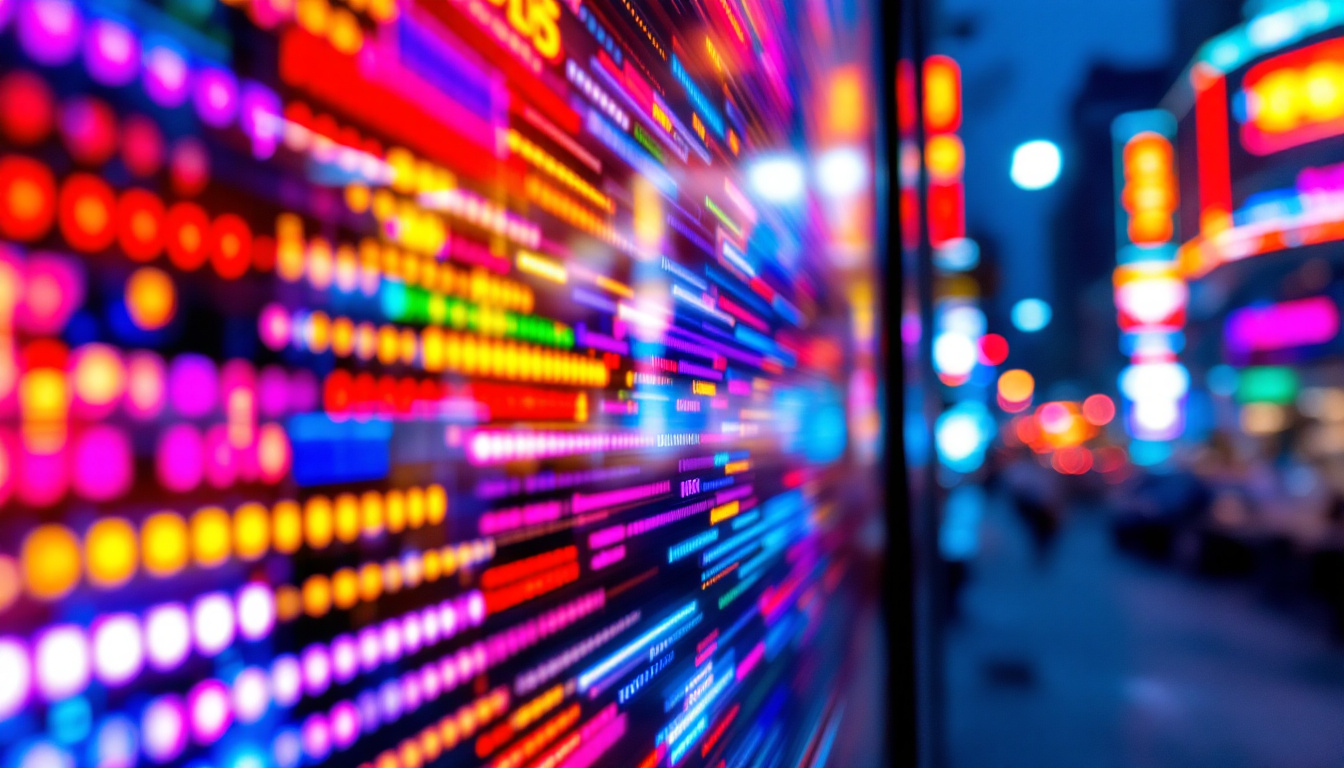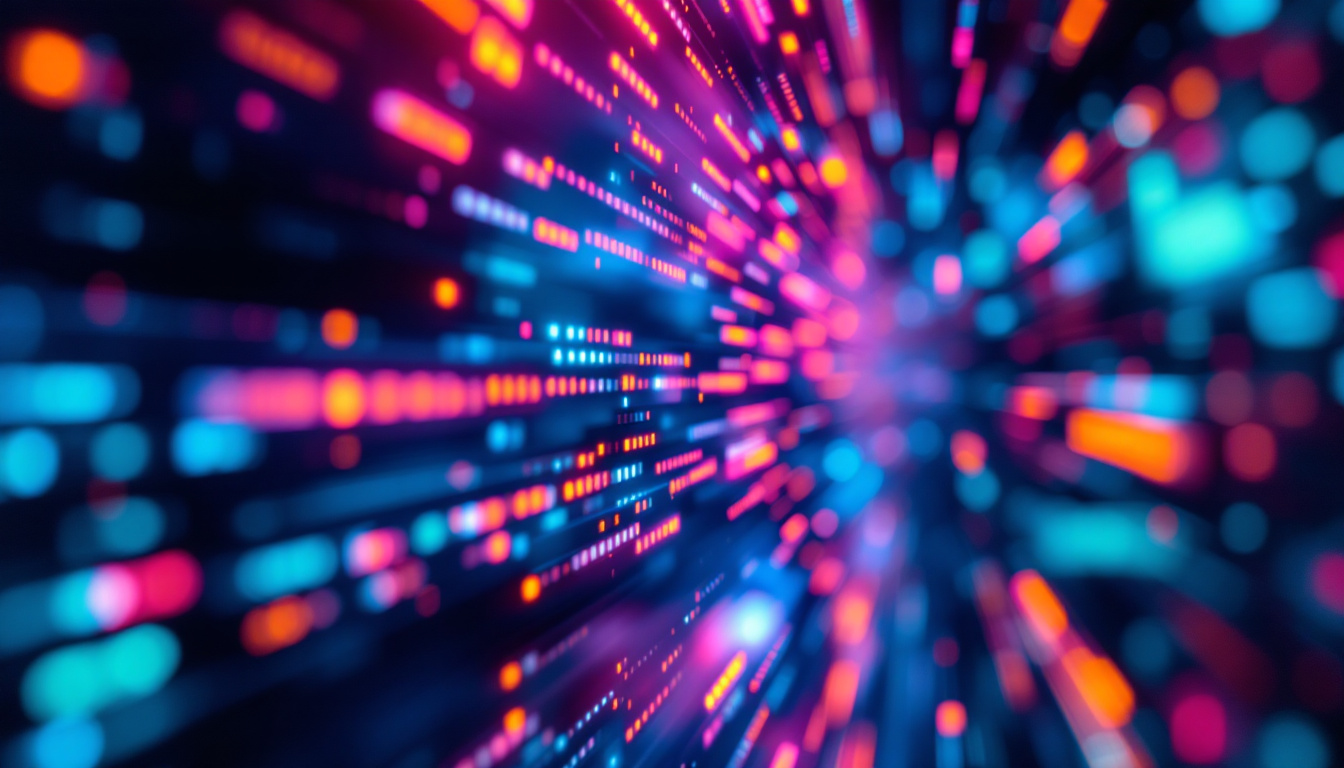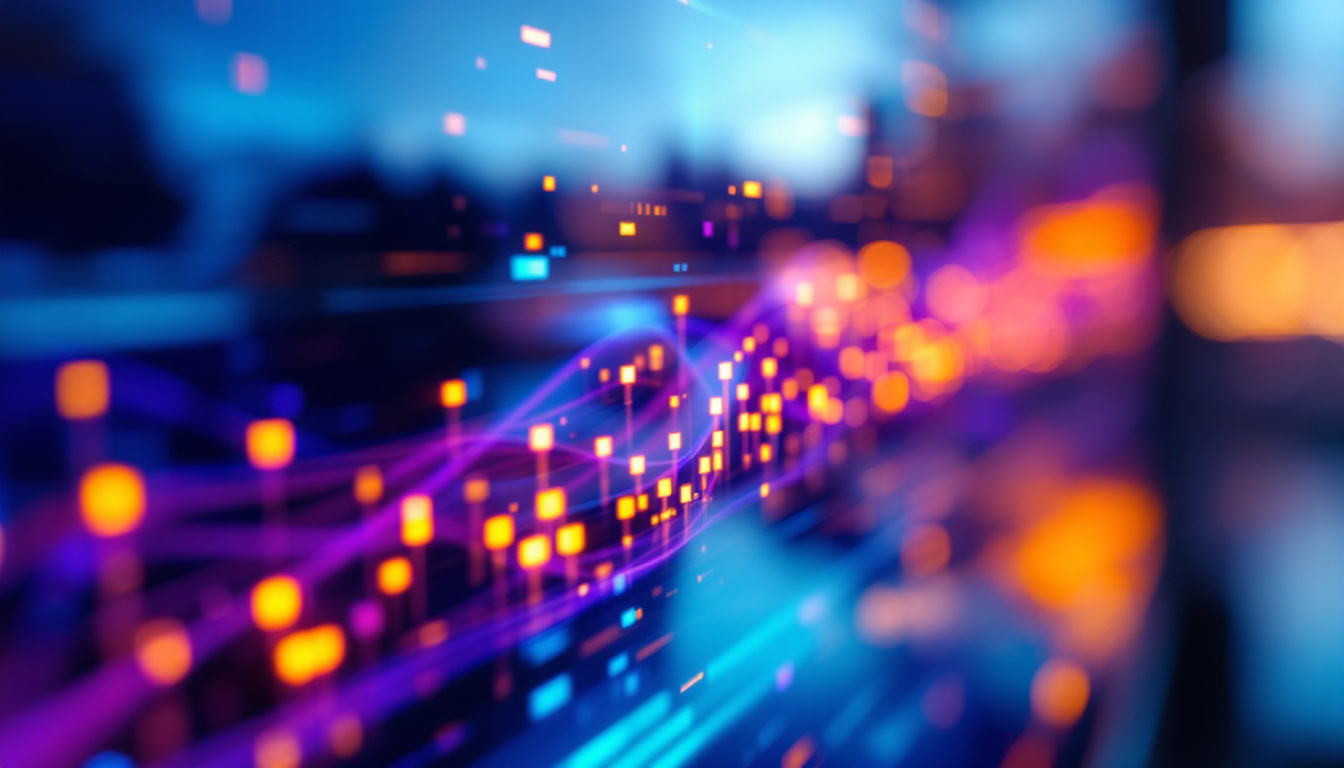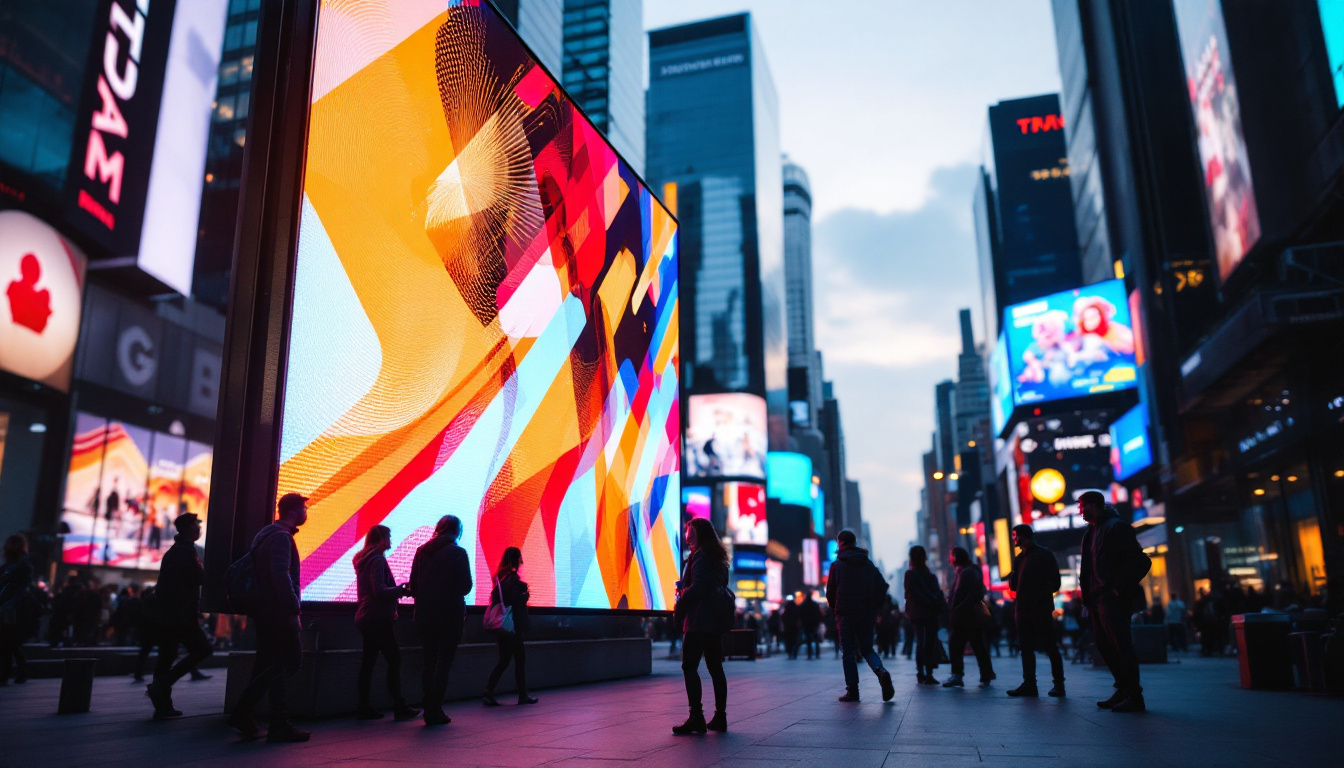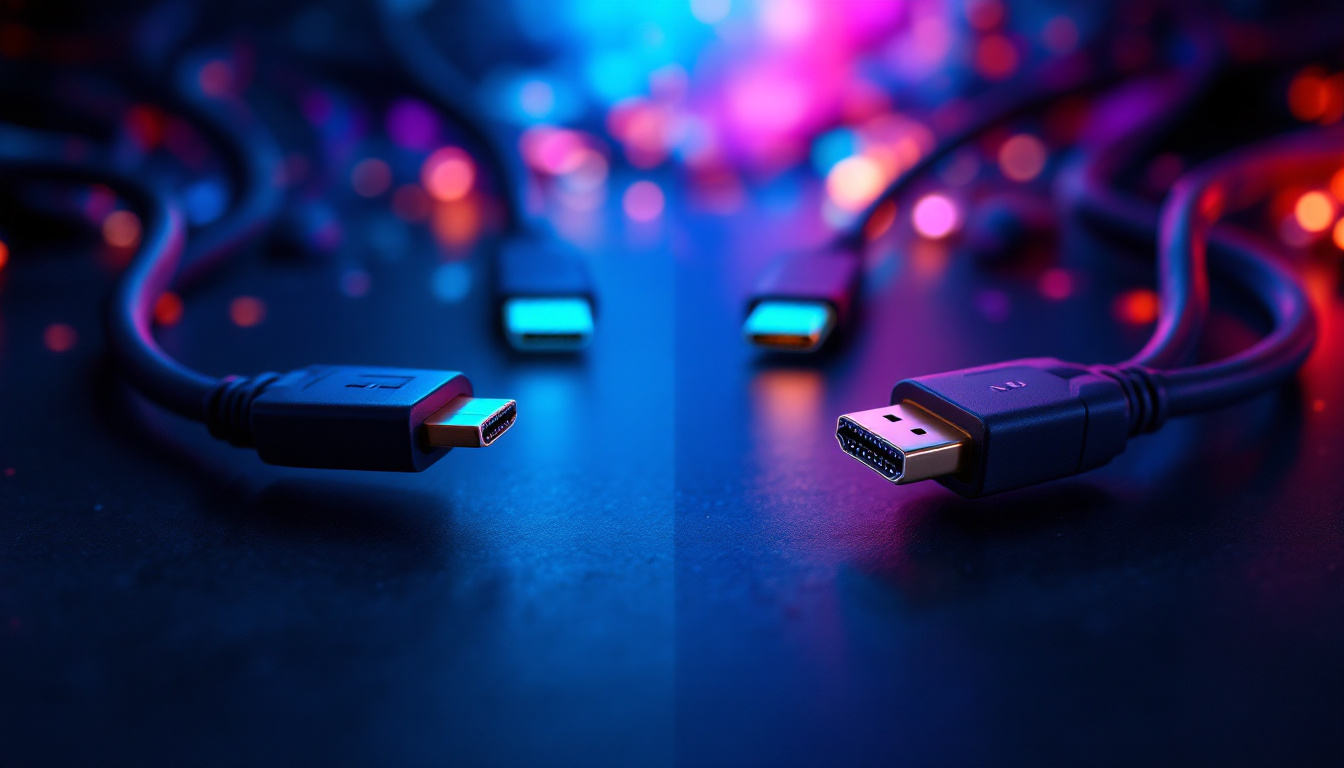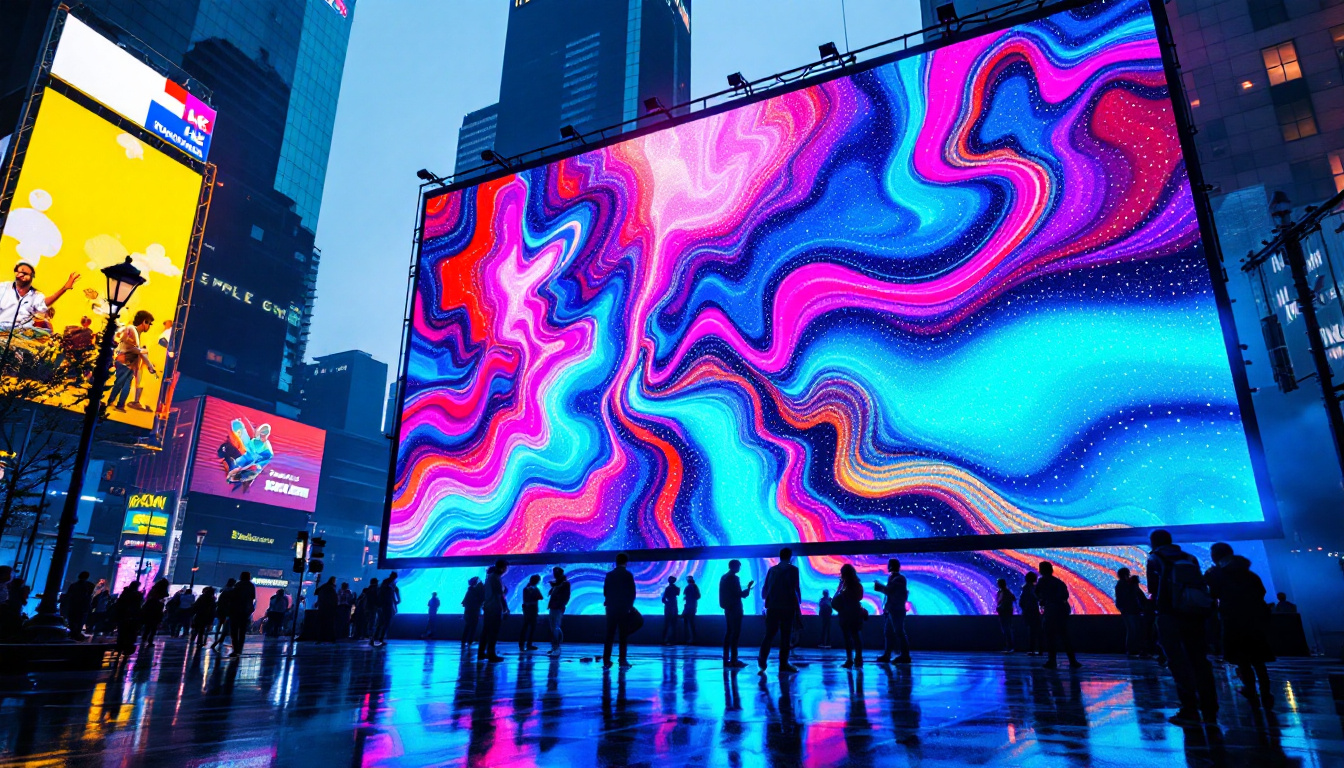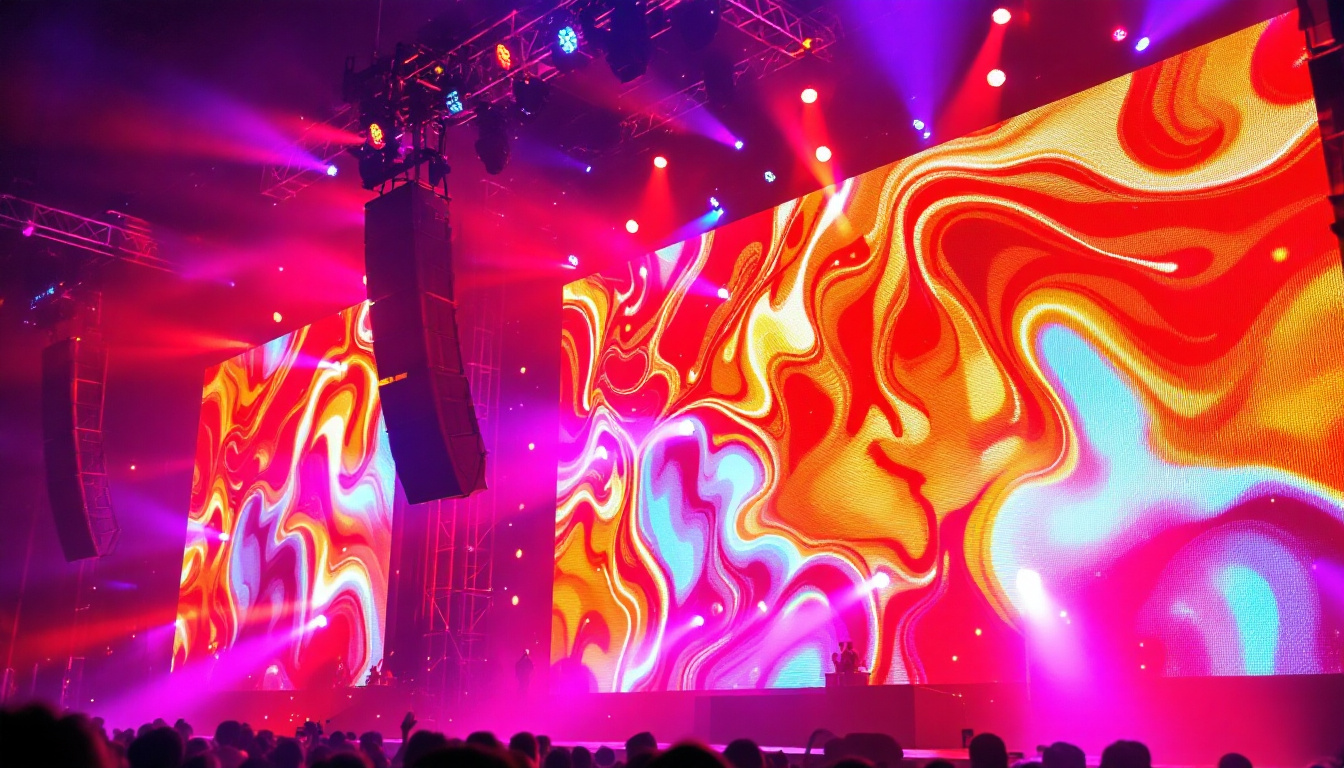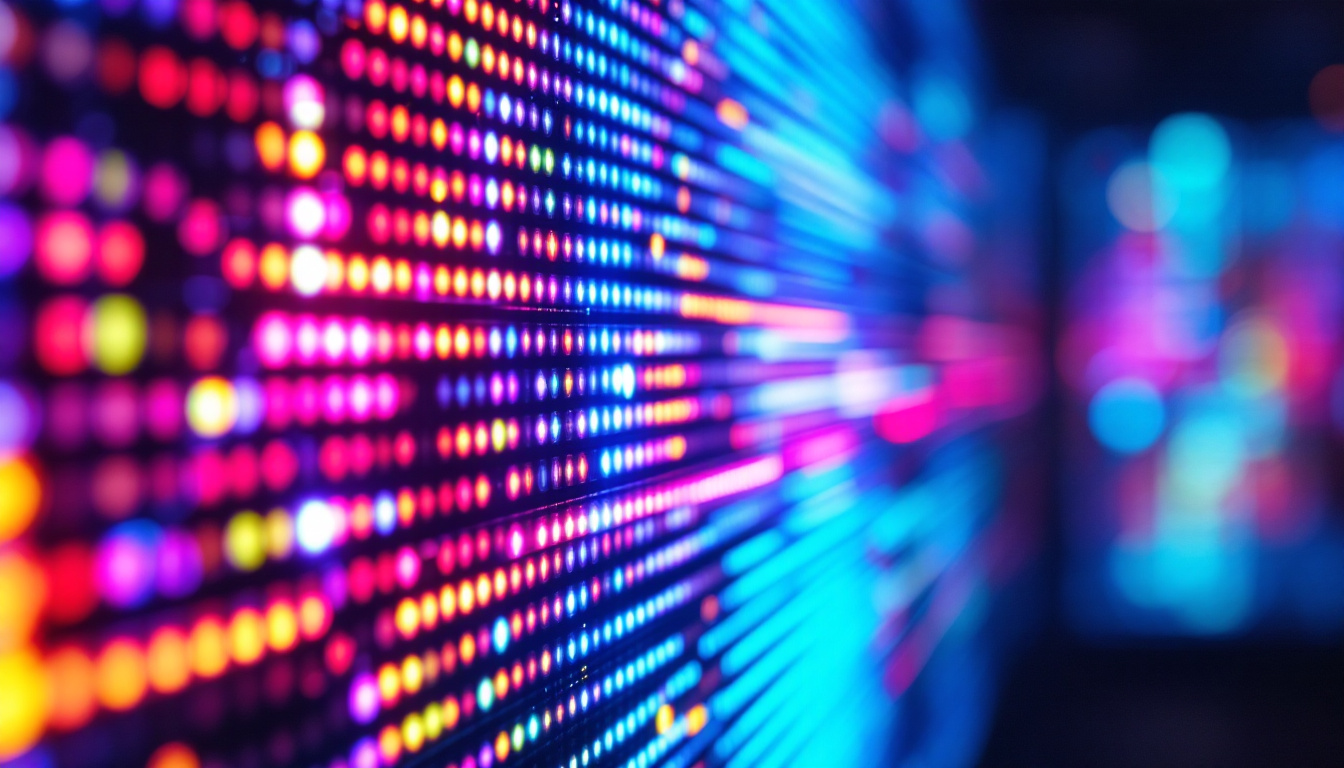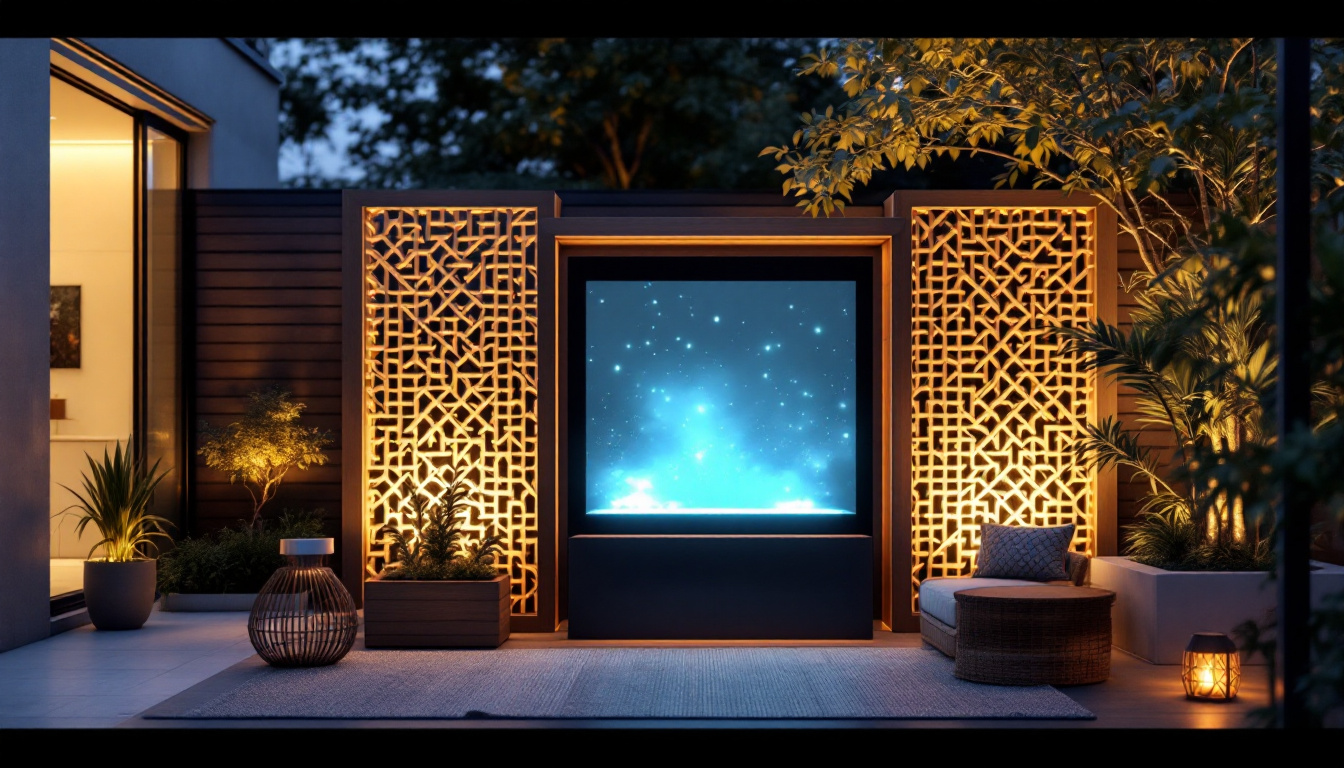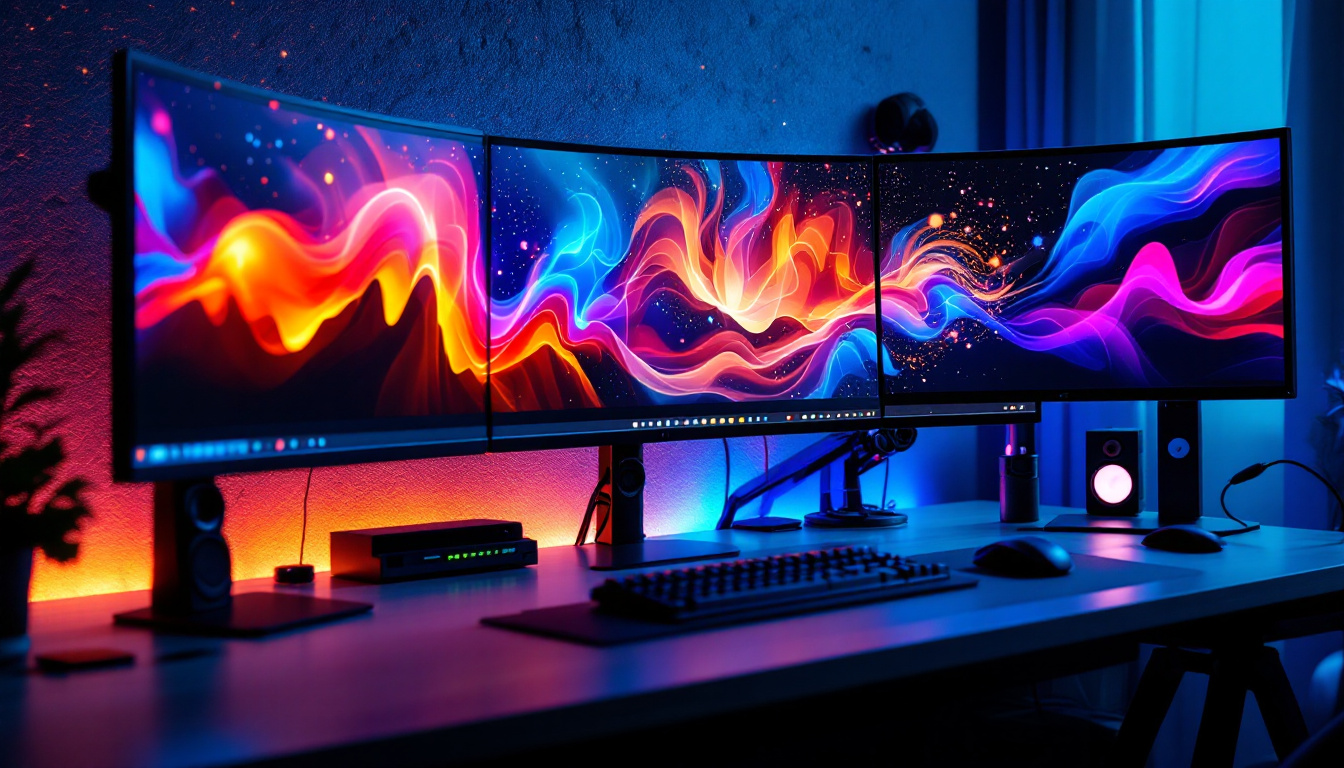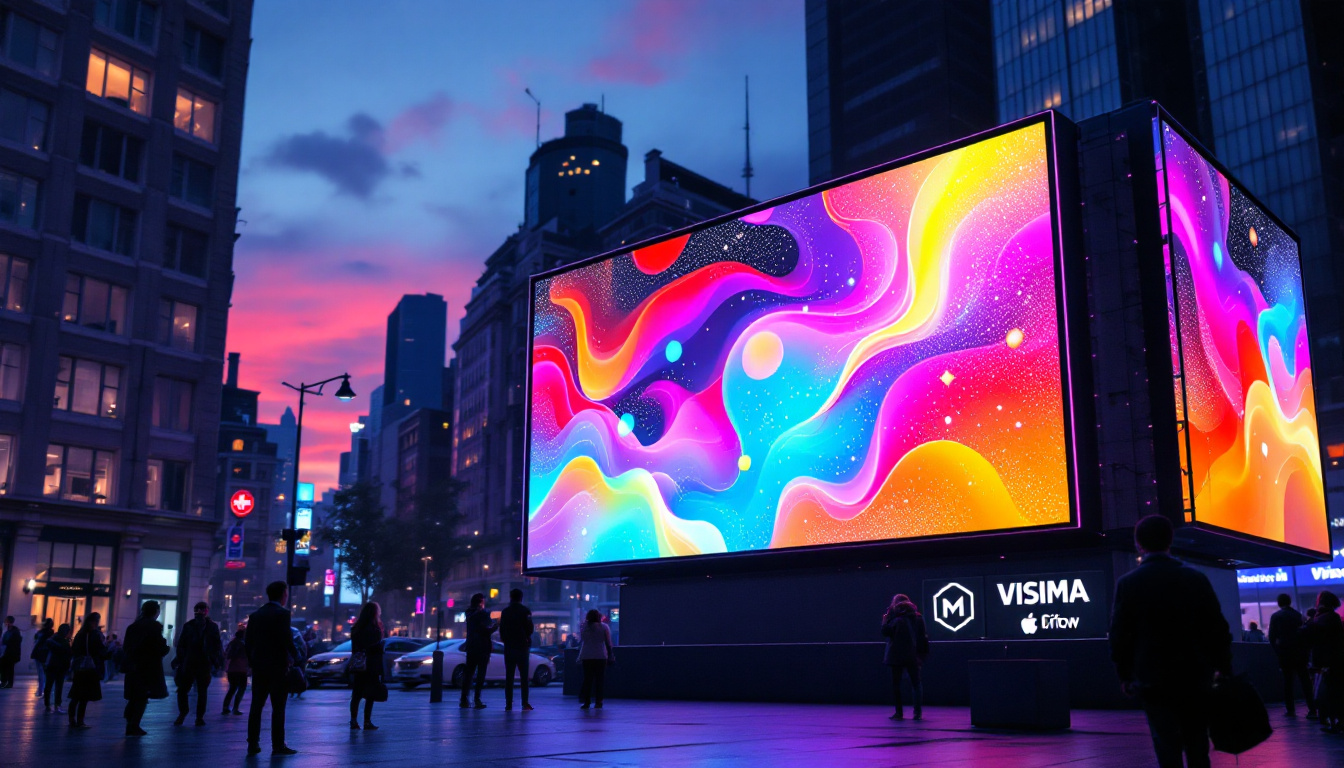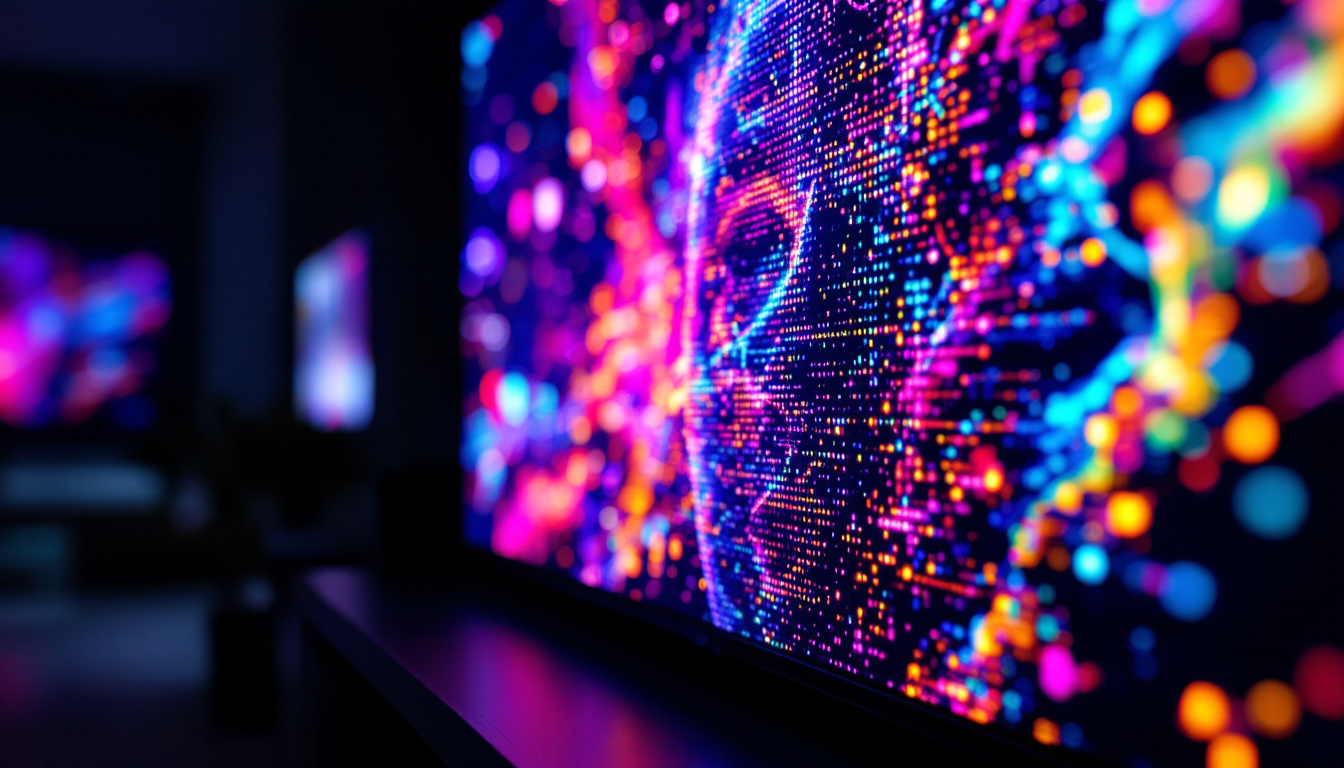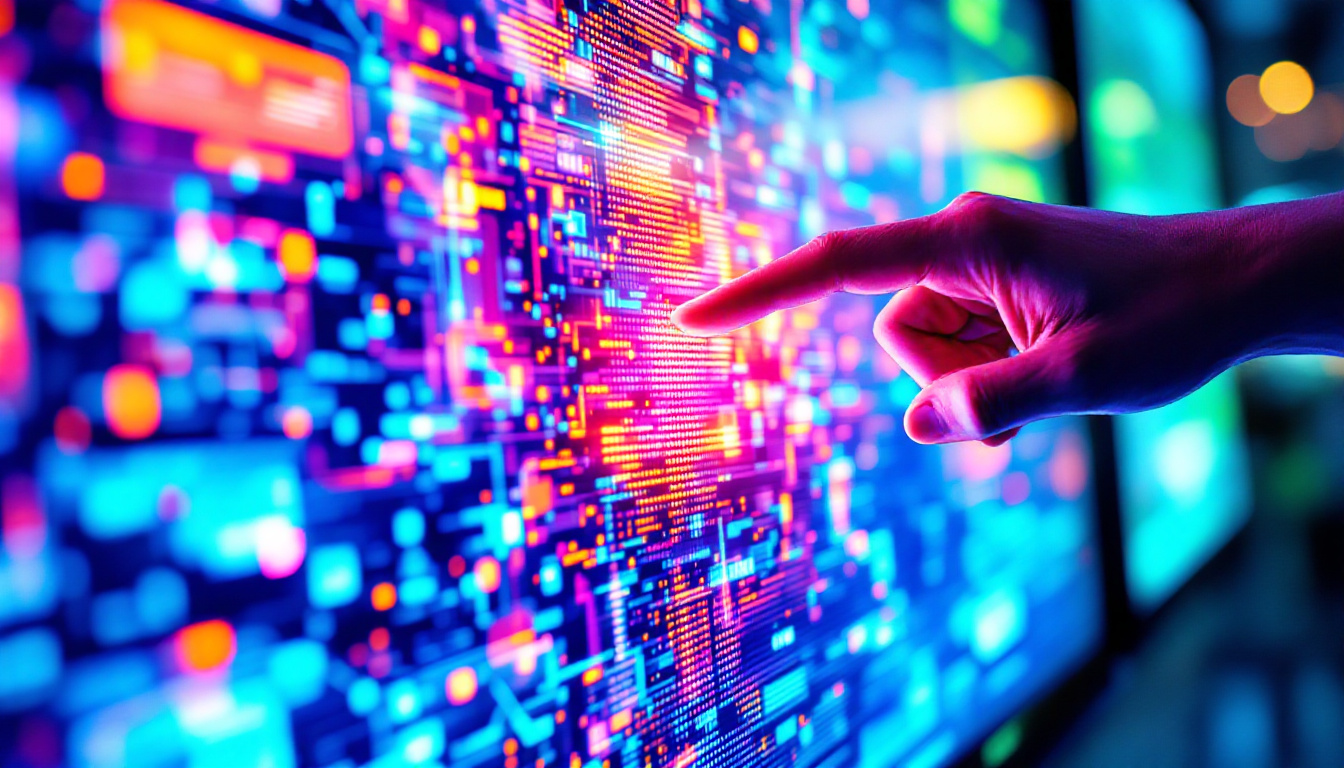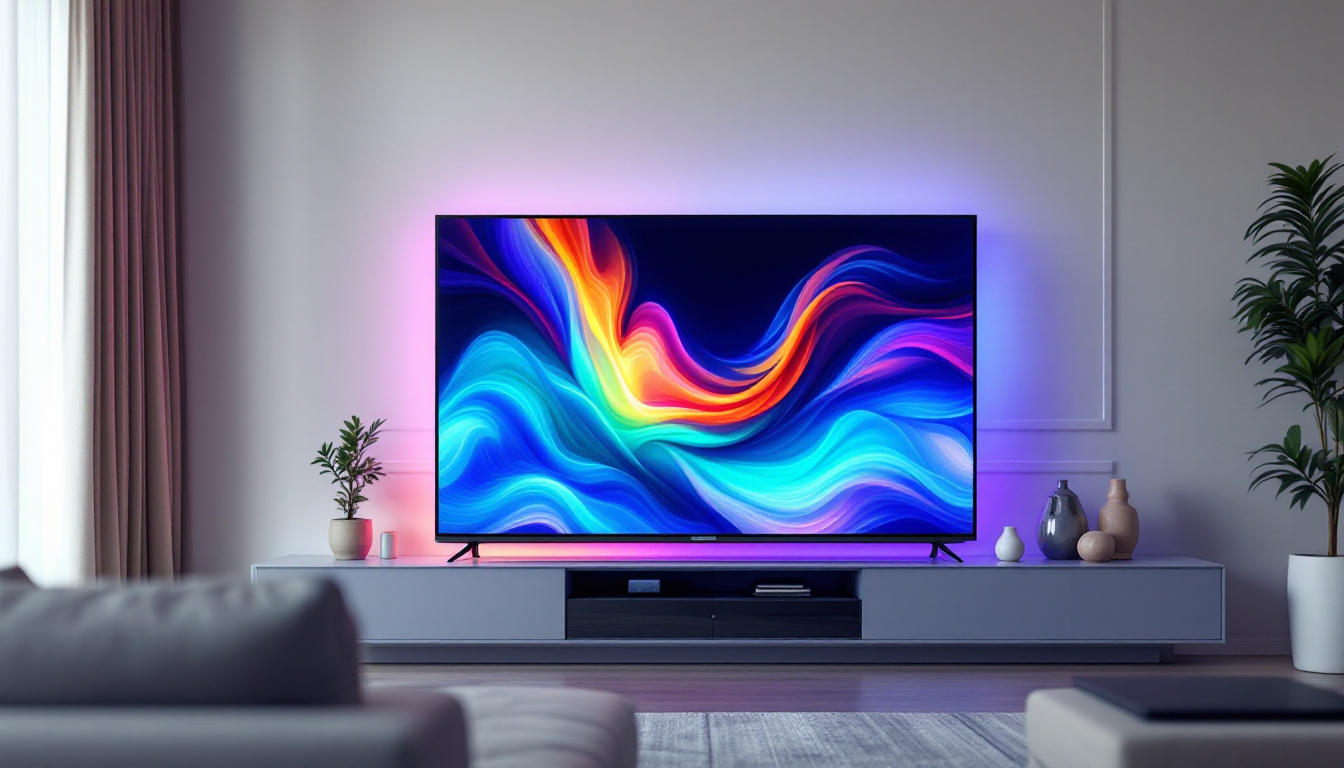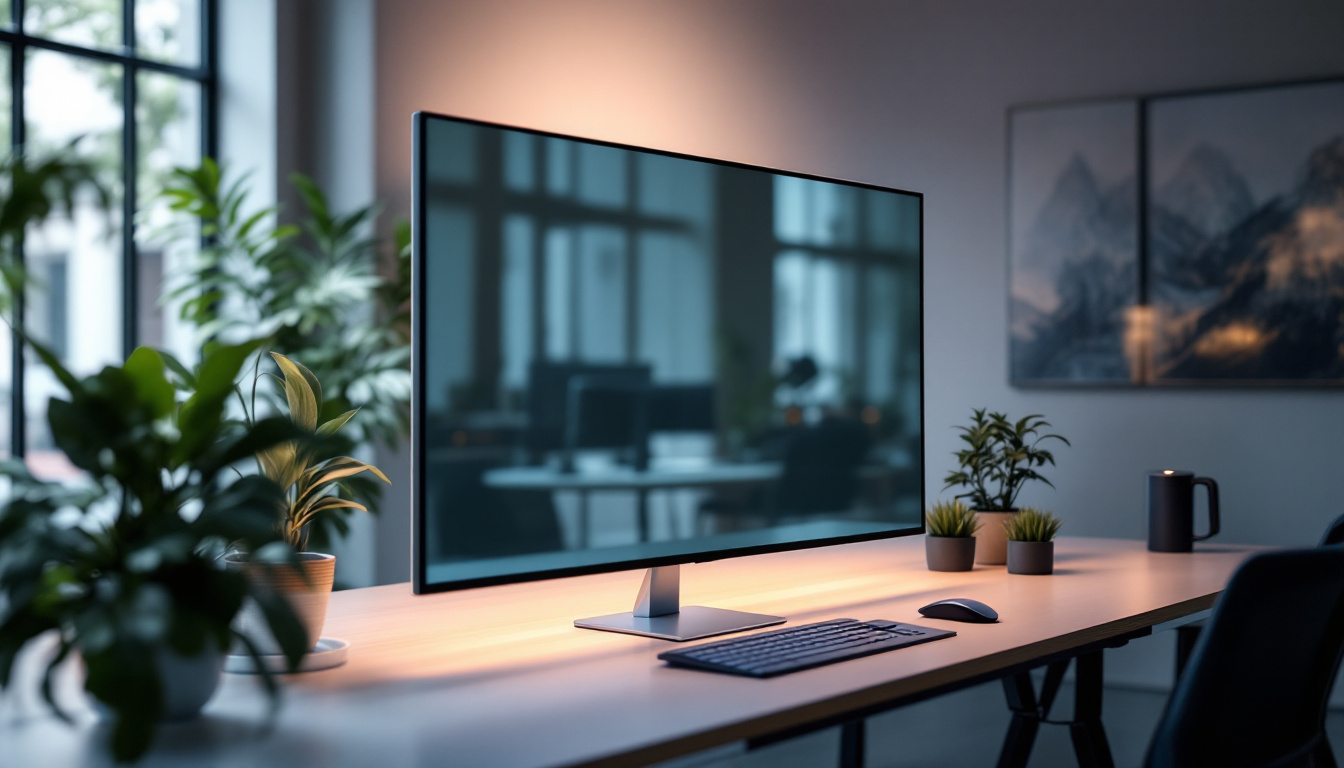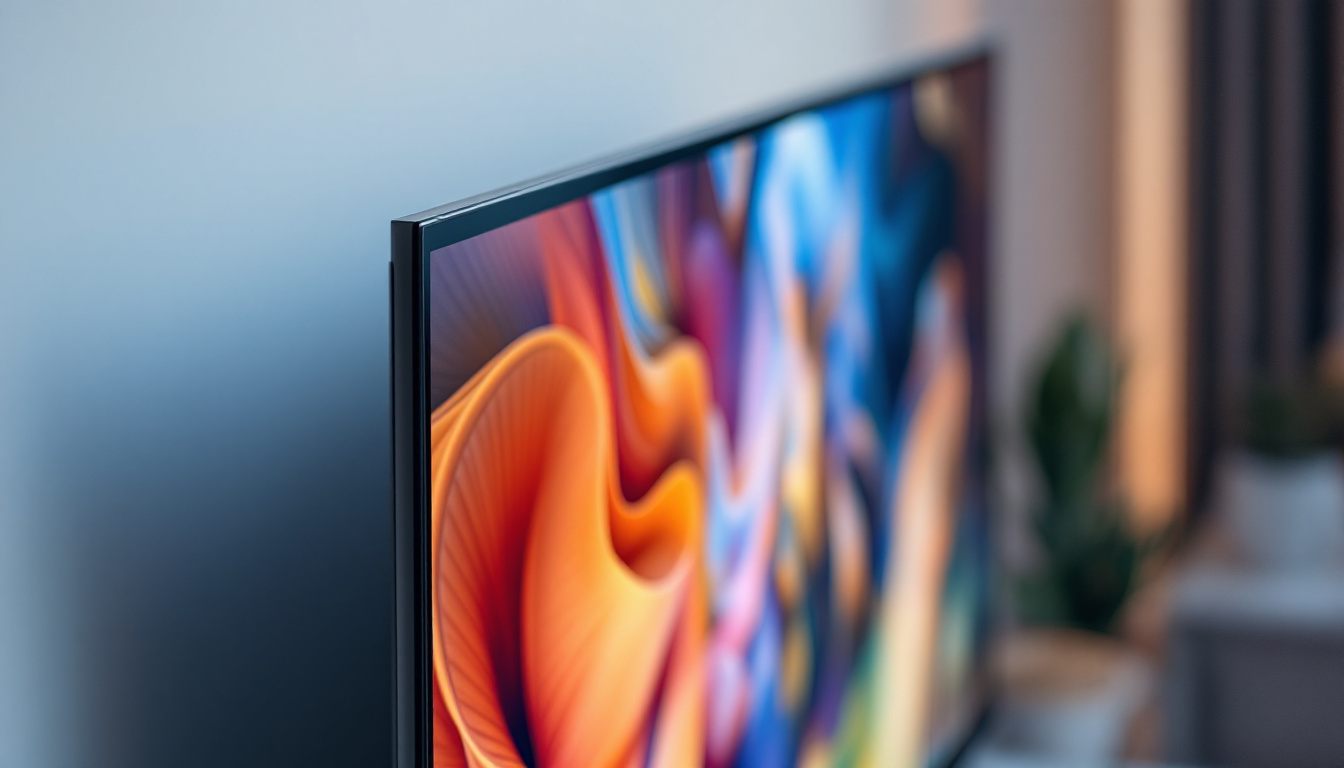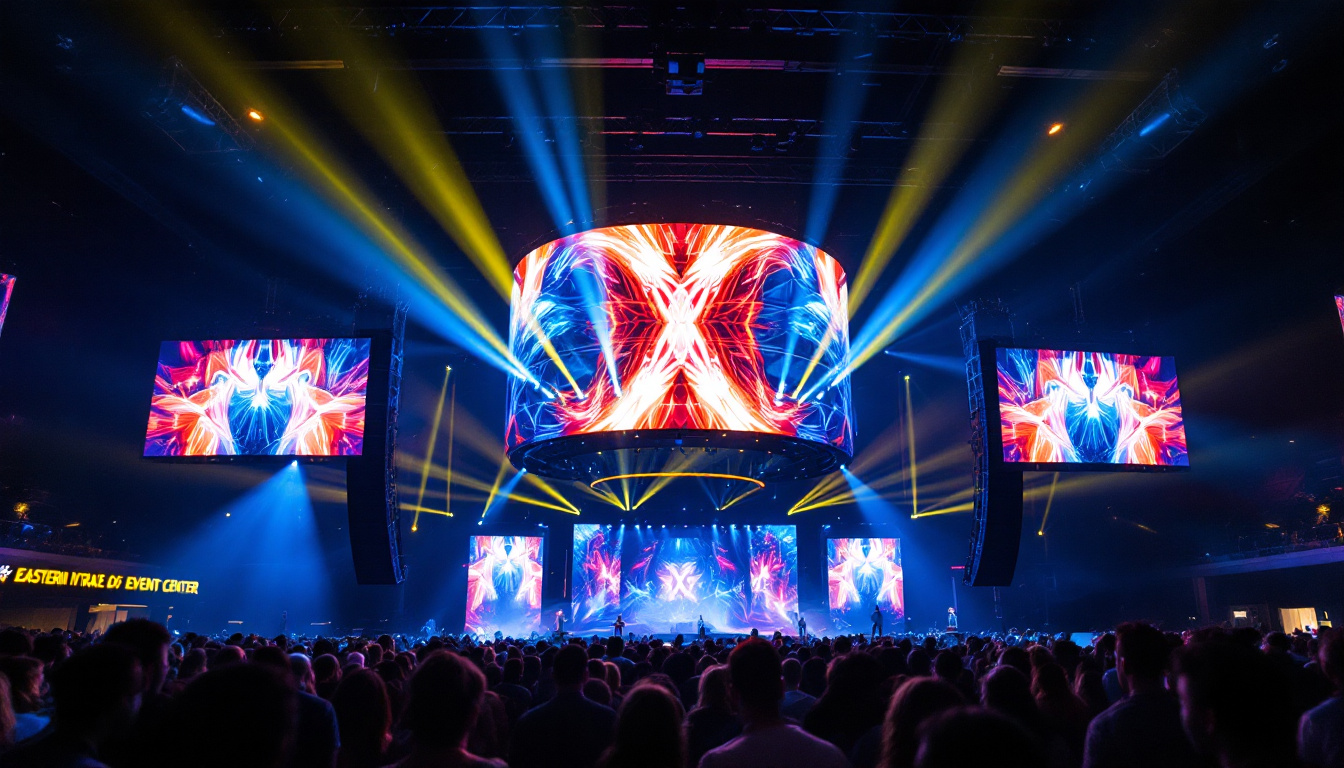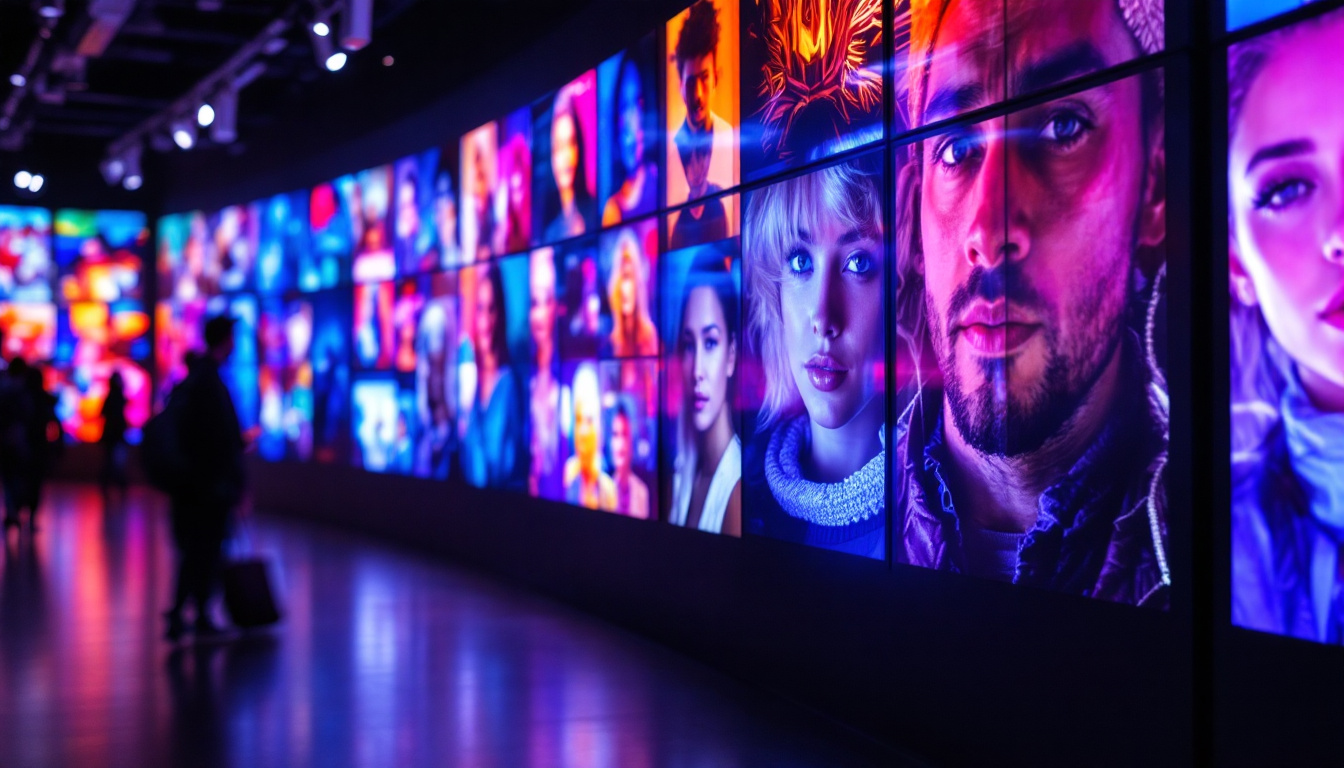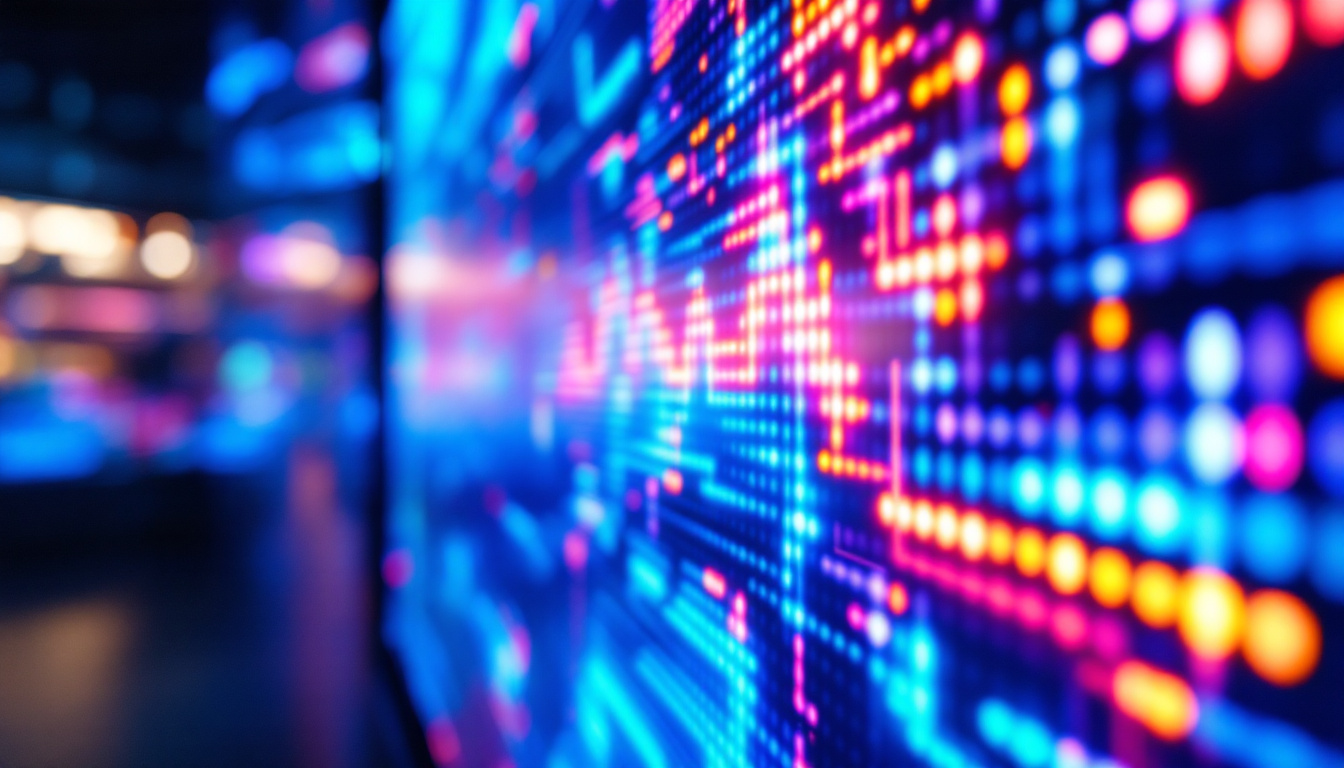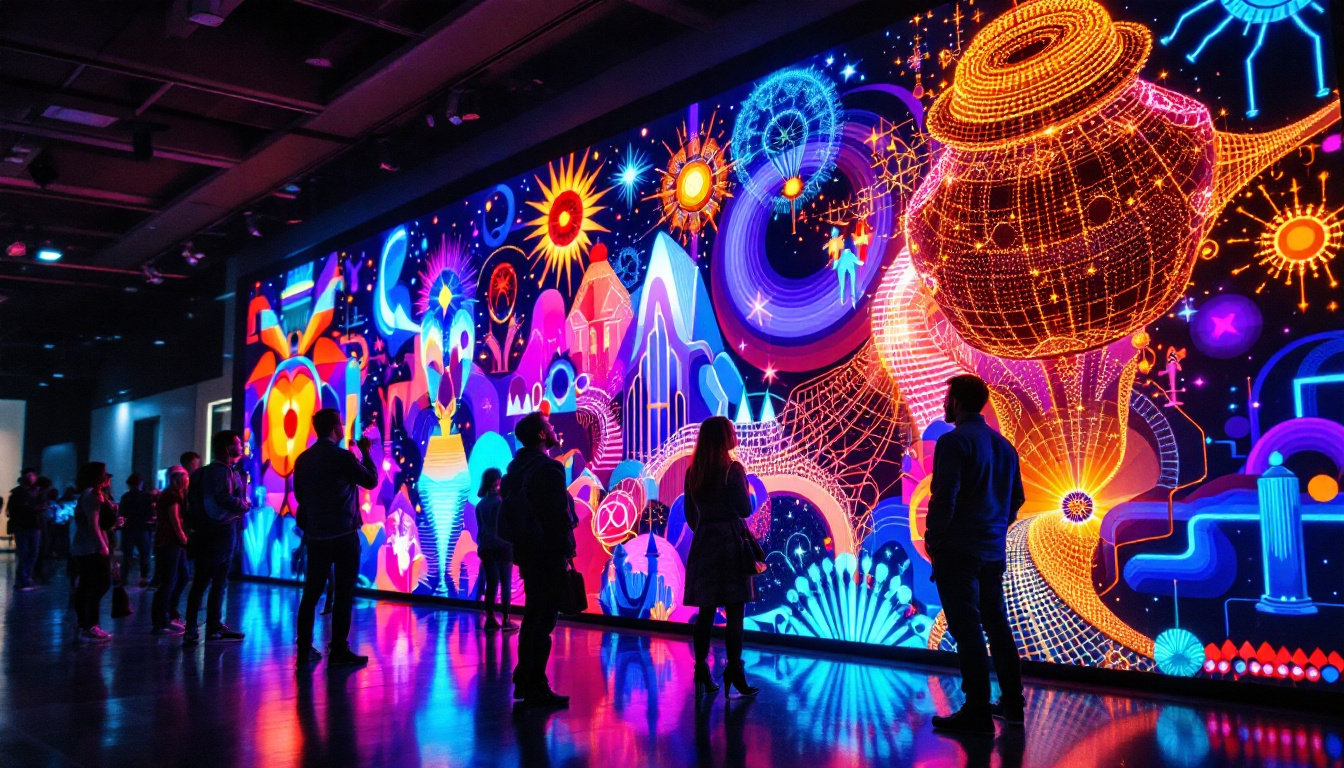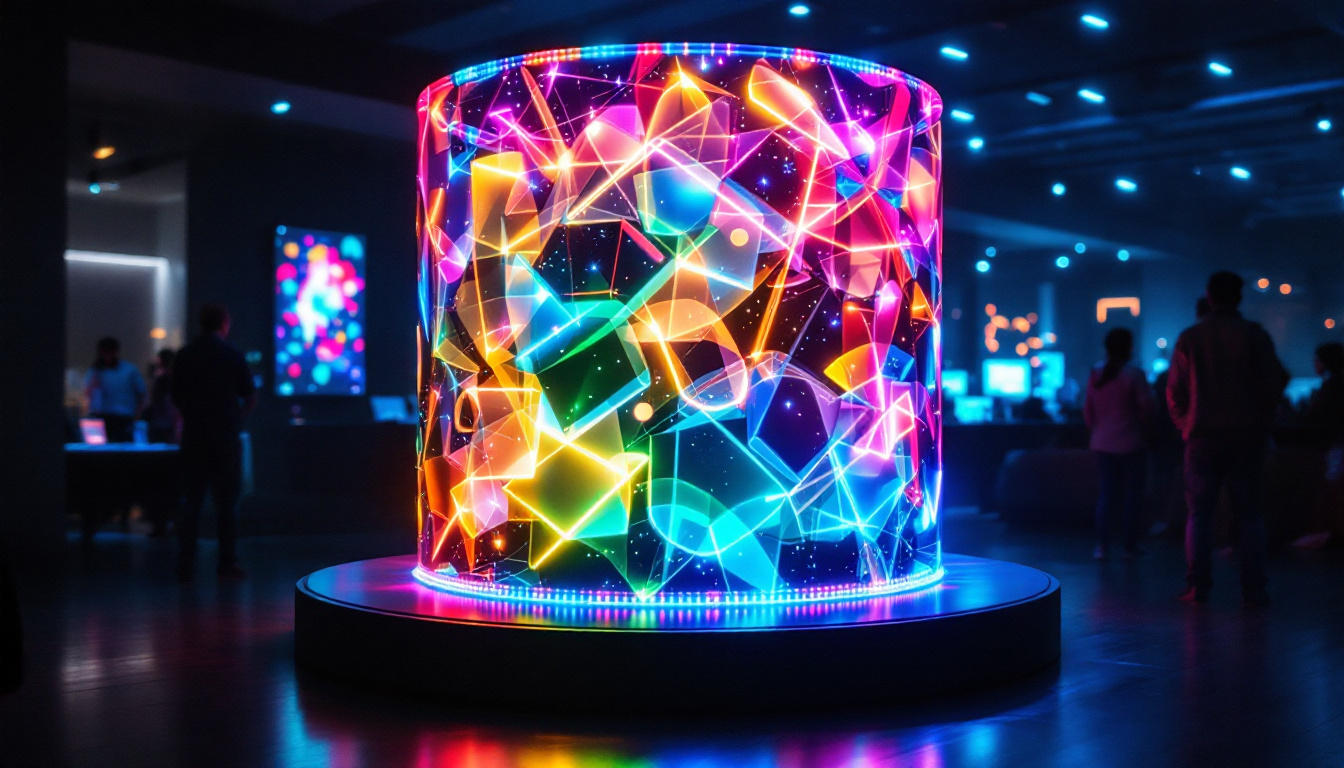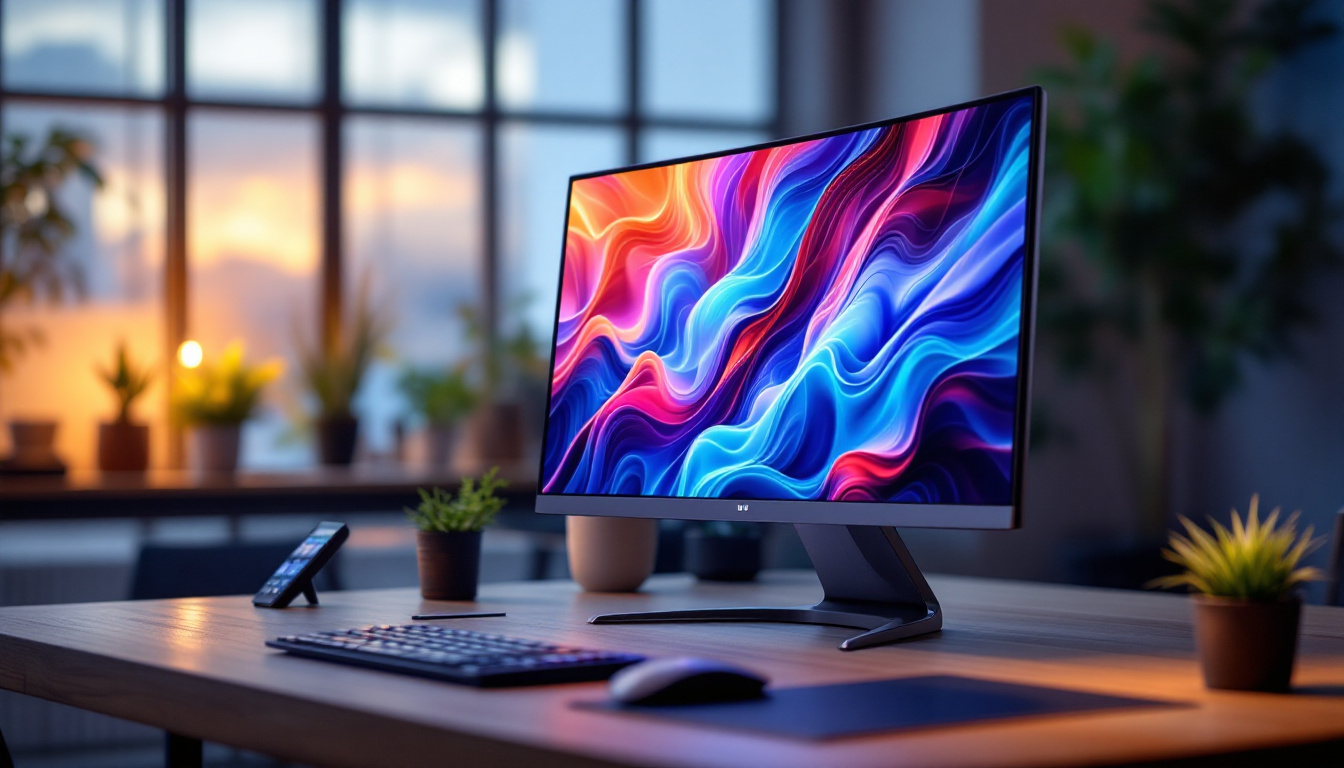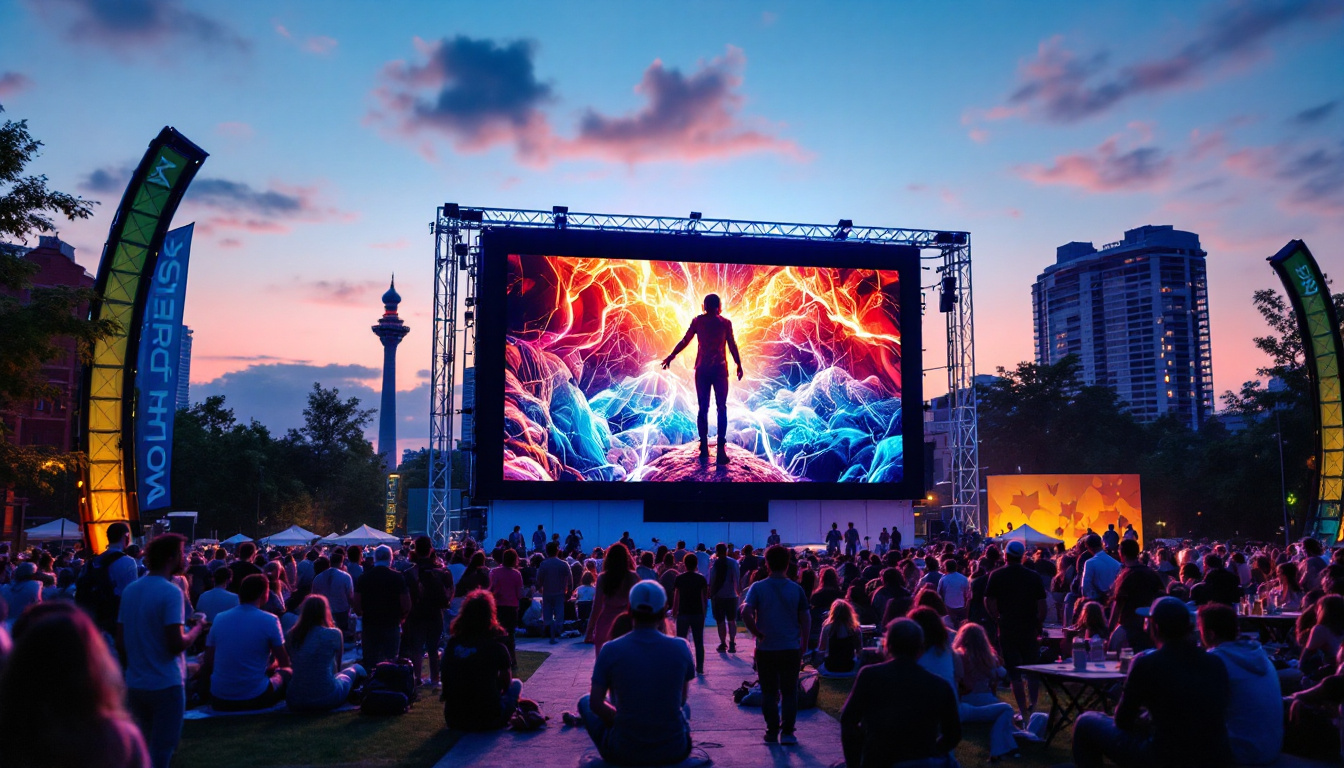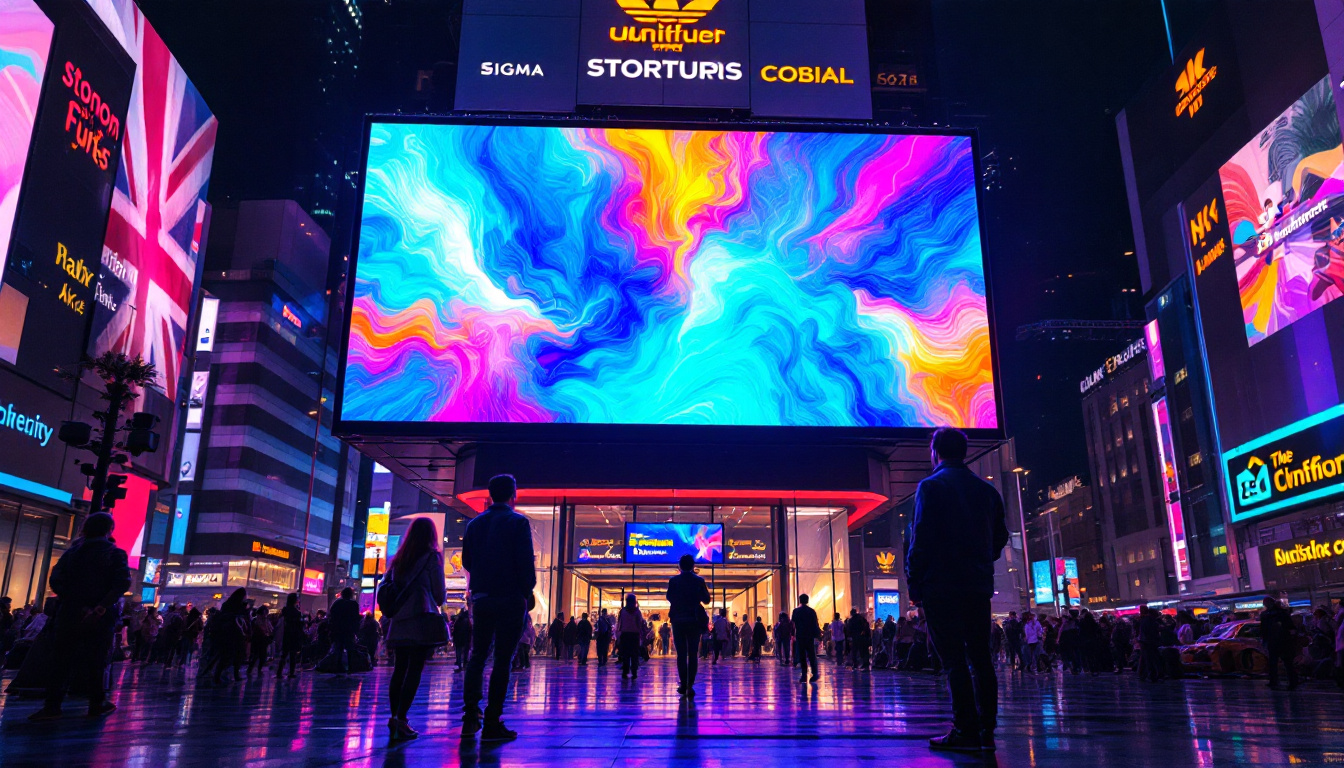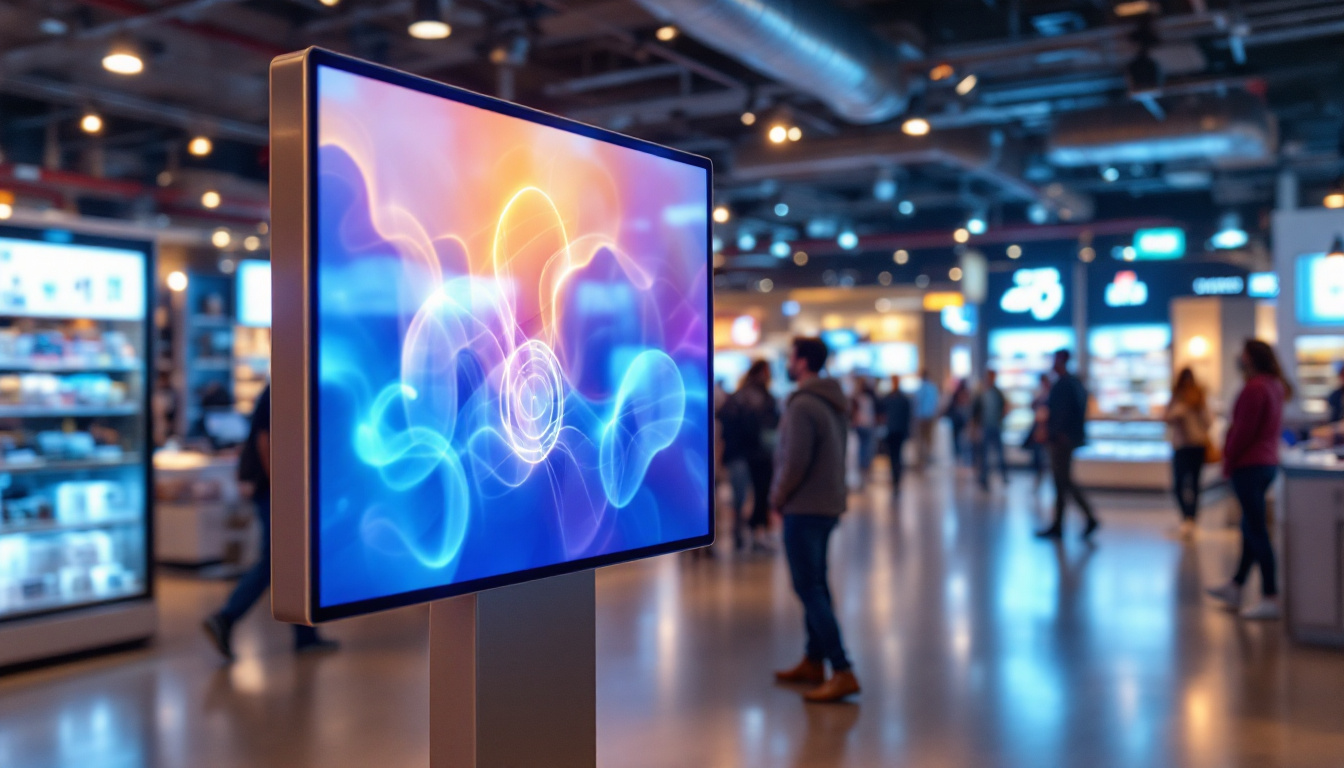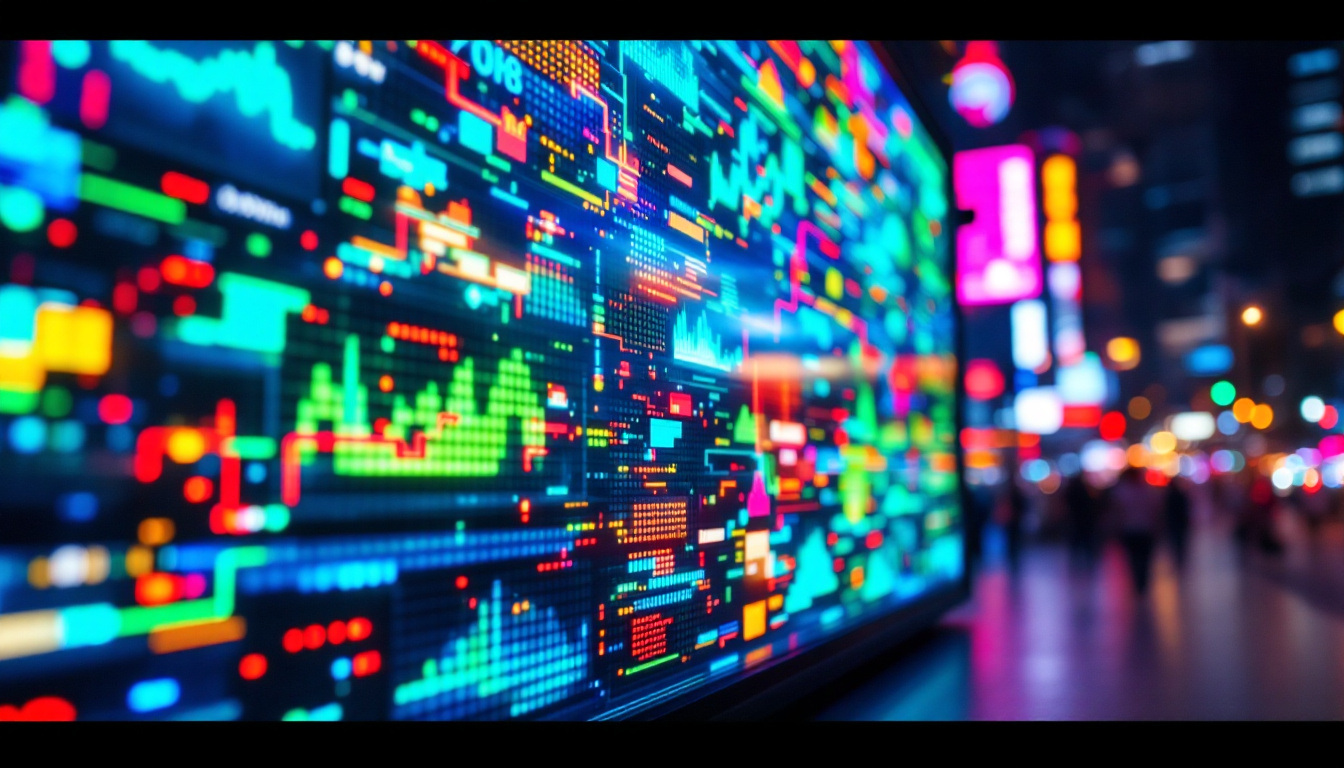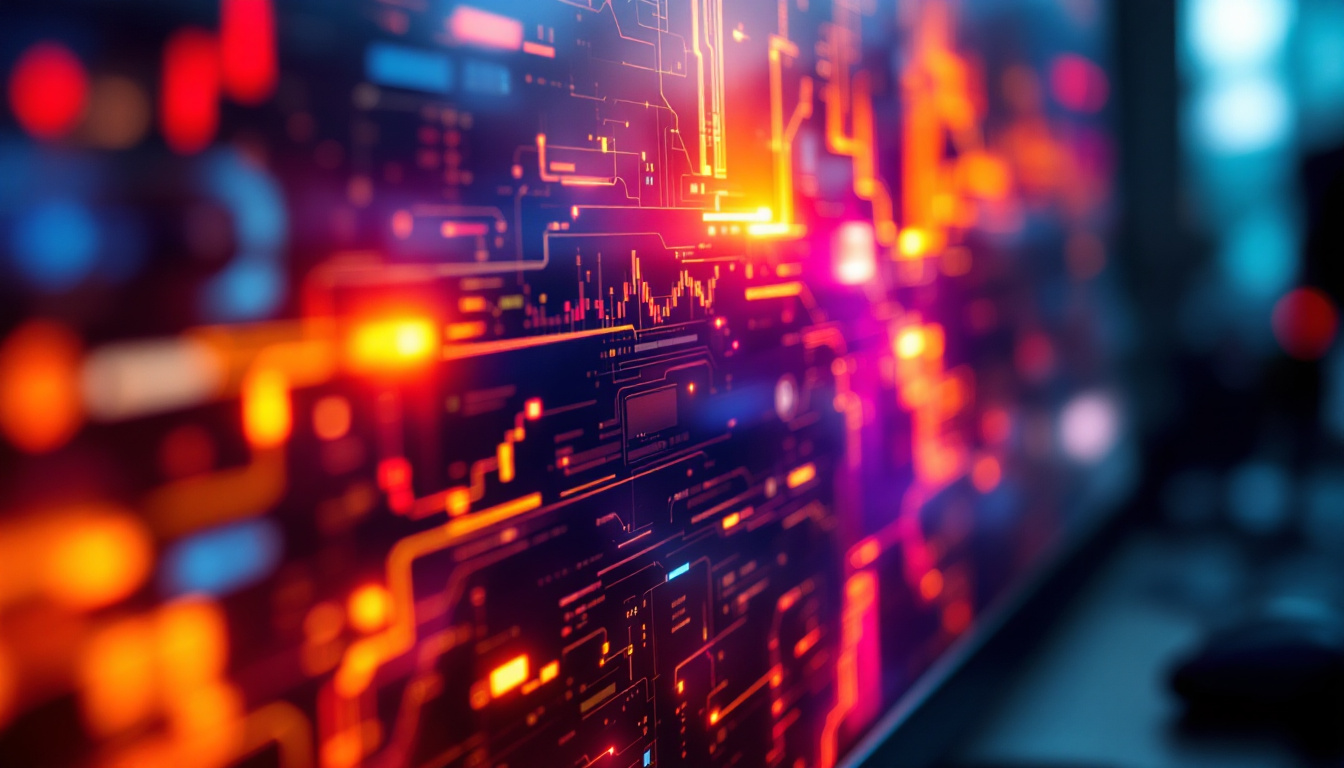In today’s digital age, high definition screens have become a fundamental aspect of our daily lives. Whether it’s for entertainment, work, or communication, the clarity and vibrancy of LED displays are unmatched. This article delves into the intricacies of LED technology, exploring how it works, its advantages, and the various types of LED displays available in the market.
Understanding LED Technology
Light Emitting Diodes (LEDs) are semiconductor devices that emit light when an electric current passes through them. This technology has revolutionized the way screens display images and videos, providing brighter and more energy-efficient options compared to traditional display technologies. The compact size and durability of LEDs have made them a popular choice not only for screens but also for various lighting applications, from residential to commercial settings.
How LEDs Function
The fundamental principle behind LED technology lies in electroluminescence, where electrons recombine with holes within the device, releasing energy in the form of photons. This process creates light, which can be manipulated to produce various colors by altering the materials used in the semiconductor. The efficiency of LEDs is remarkable, as they convert a significant portion of electrical energy into visible light, making them far superior to incandescent bulbs that waste much of their energy as heat.
LEDs can be categorized into two main types: active and passive. Active LEDs are capable of emitting light on their own, while passive LEDs require an external light source to illuminate the display. This distinction is crucial when considering the application of LEDs in screens. Furthermore, the versatility of LED technology allows for the creation of various forms, including surface-mounted devices (SMDs) and chip-on-board (COB) configurations, which can be tailored to specific applications, enhancing their functionality and efficiency.
The Role of Backlighting
In many LED displays, especially those that are LCD-based, backlighting plays a significant role. The most common form of backlighting is provided by white LEDs, which illuminate the liquid crystal layer of the screen. This method enhances brightness and contrast, resulting in a more vivid viewing experience. The ability to adjust the intensity of the backlight also allows for energy savings, as screens can dim in darker environments, reducing power consumption without sacrificing image quality.
However, advancements in technology have led to the development of OLED (Organic Light Emitting Diode) displays, where each pixel emits its own light. This eliminates the need for backlighting and allows for deeper blacks and more vibrant colors, further enhancing the viewing experience. OLED technology also enables flexible display designs, paving the way for innovative applications such as curved screens and even foldable devices, which are becoming increasingly popular in the market. As research continues, the potential for new applications and improvements in LED and OLED technologies remains vast, promising even more exciting developments in the future.
Advantages of LED Displays
LED displays offer a plethora of advantages over traditional display technologies. Their efficiency, longevity, and superior image quality make them a popular choice for a variety of applications.
Energy Efficiency
One of the most significant benefits of LED technology is its energy efficiency. LED displays consume considerably less power than their incandescent or fluorescent counterparts. This not only reduces electricity bills but also contributes to a lower carbon footprint, making LED displays an environmentally friendly option.
Furthermore, the longevity of LED displays is noteworthy. With a lifespan that can exceed 50,000 hours, LED screens require less frequent replacements, which translates to lower maintenance costs over time. This durability is particularly beneficial in commercial settings where displays are used continuously, such as in retail environments or public transportation systems. The reduced need for replacements not only saves money but also minimizes the environmental impact associated with manufacturing and disposing of old display units.
Superior Image Quality
LED displays are renowned for their exceptional image quality. They provide brighter images with higher contrast ratios, allowing for a more immersive viewing experience. The color accuracy of LED screens is also superior, making them ideal for applications that require precise color representation, such as graphic design and video editing.
Moreover, the rapid response time of LEDs minimizes motion blur, making them suitable for fast-paced content like sports and action movies. This feature enhances the overall viewing experience, ensuring that every detail is crisp and clear. Additionally, LED displays can be designed to be viewed from wide angles without significant loss of color or brightness, making them perfect for large venues and outdoor settings where viewers may be positioned at various distances and angles. This versatility in viewing conditions further solidifies their status as a leading choice in display technology.
Types of LED Displays
LED technology has evolved to encompass various types of displays, each designed for specific applications and environments. Understanding these types can help consumers make informed decisions based on their needs.
Direct View LED Displays
Direct View LED displays consist of an array of individual LEDs that create images directly on the screen. These displays are commonly used in large-scale applications, such as billboards and stadium screens, due to their ability to produce bright images even in direct sunlight.
One of the key advantages of direct view LED displays is their scalability. They can be configured in various sizes and shapes, making them versatile for different environments. Additionally, they offer excellent viewing angles and can be viewed from a distance without losing image quality.
LED-Lit LCD Displays
LED-lit LCD displays combine traditional LCD technology with LED backlighting. This hybrid approach allows for improved brightness and contrast compared to standard LCDs. These displays are widely used in televisions, computer monitors, and laptops.
While LED-lit LCDs do not achieve the same level of black depth as OLED displays, they still provide a significant improvement over traditional LCDs. The use of local dimming technology in some models enhances contrast by allowing specific areas of the screen to dim while others remain bright.
OLED Displays
Organic Light Emitting Diode (OLED) displays represent the pinnacle of LED technology. Each pixel in an OLED display emits its own light, eliminating the need for backlighting. This results in deeper blacks, more vibrant colors, and wider viewing angles.
OLED technology has gained popularity in high-end televisions and smartphones due to its ability to produce stunning visuals. However, it is worth noting that OLED displays can be more expensive to manufacture, which may influence consumer choices.
Applications of LED Displays
LED displays have found applications across various sectors, from entertainment to healthcare. Their versatility and superior performance make them suitable for a wide range of uses.
Entertainment and Media
In the entertainment industry, LED displays are used in cinemas, concert venues, and sports arenas. Their ability to produce bright, high-contrast images makes them ideal for showcasing films and live events. Additionally, the flexibility of LED technology allows for creative installations, such as curved screens and immersive environments.
Television manufacturers have also embraced LED technology, with many models now featuring LED backlighting to enhance picture quality. This has led to a surge in demand for high-definition televisions, as consumers seek the best viewing experience possible.
Commercial Use
In commercial settings, LED displays are utilized for advertising and information dissemination. digital billboards and signage have become commonplace in urban areas, providing businesses with an effective platform to reach potential customers. The dynamic nature of LED displays allows for changing content, making advertisements more engaging.
Moreover, LED displays are used in retail environments to enhance the shopping experience. Interactive displays can provide customers with product information, promotions, and even virtual try-ons, bridging the gap between online and offline shopping.
Healthcare and Education
In healthcare, LED displays are employed in various applications, including medical imaging and patient monitoring systems. The clarity and precision of LED technology are crucial in ensuring accurate diagnoses and effective treatment.
In educational settings, LED screens are increasingly used in classrooms and lecture halls. Their bright and clear displays facilitate better engagement and learning experiences, allowing educators to present information in innovative ways.
Future of LED Technology
The future of LED technology looks promising, with ongoing advancements aimed at enhancing performance and expanding applications. Innovations in materials and manufacturing processes are paving the way for even more efficient and versatile displays.
MicroLED Technology
MicroLED is an emerging technology that promises to take LED displays to the next level. By using microscopic LEDs to form images, MicroLED displays can achieve exceptional brightness, contrast, and energy efficiency. This technology has the potential to revolutionize everything from televisions to wearable devices.
MicroLED displays also offer the advantage of modularity, allowing users to create custom-sized screens by combining smaller panels. This flexibility could lead to new possibilities in display design and application.
Integration with Smart Technology
As smart technology continues to evolve, LED displays are likely to become more integrated with other devices and systems. Smart TVs, for example, are already incorporating features like voice control and streaming capabilities, enhancing the user experience.
Furthermore, the integration of LED displays with augmented reality (AR) and virtual reality (VR) technologies could open up new avenues for entertainment, education, and training. The potential for immersive experiences is vast, and LED technology will play a crucial role in this evolution.
Conclusion
High definition screens utilizing LED technology have transformed the way we interact with visual content. From energy efficiency to superior image quality, the advantages of LED displays are clear. As technology continues to advance, the future of LED displays promises even more exciting developments.
Whether for personal use, commercial applications, or educational purposes, understanding LED technology and its various forms can help consumers make informed decisions. As the demand for high-quality displays grows, LED technology will undoubtedly remain at the forefront of innovation in the visual display industry.
Discover Cutting-Edge LED Displays with LumenMatrix
Ready to elevate your visual experience with the latest in LED technology? LumenMatrix is at the forefront of innovation, offering a wide array of LED display solutions tailored to your needs. From captivating Indoor LED Walls to dynamic Outdoor LED Displays, and from versatile Vehicle LED Displays to sleek LED Poster Displays, our products are designed to enhance brand visibility and engage your audience. Explore our revolutionary LED Sports Displays, interactive Floor LED Displays, and the stunning clarity of our Custom and All-in-One LED Displays, including the transformative LED Transparent Display. Embrace the future of visual communication with LumenMatrix and create unforgettable visual experiences. Check out LumenMatrix LED Display Solutions today and see your message come to life with unparalleled impact and clarity.

